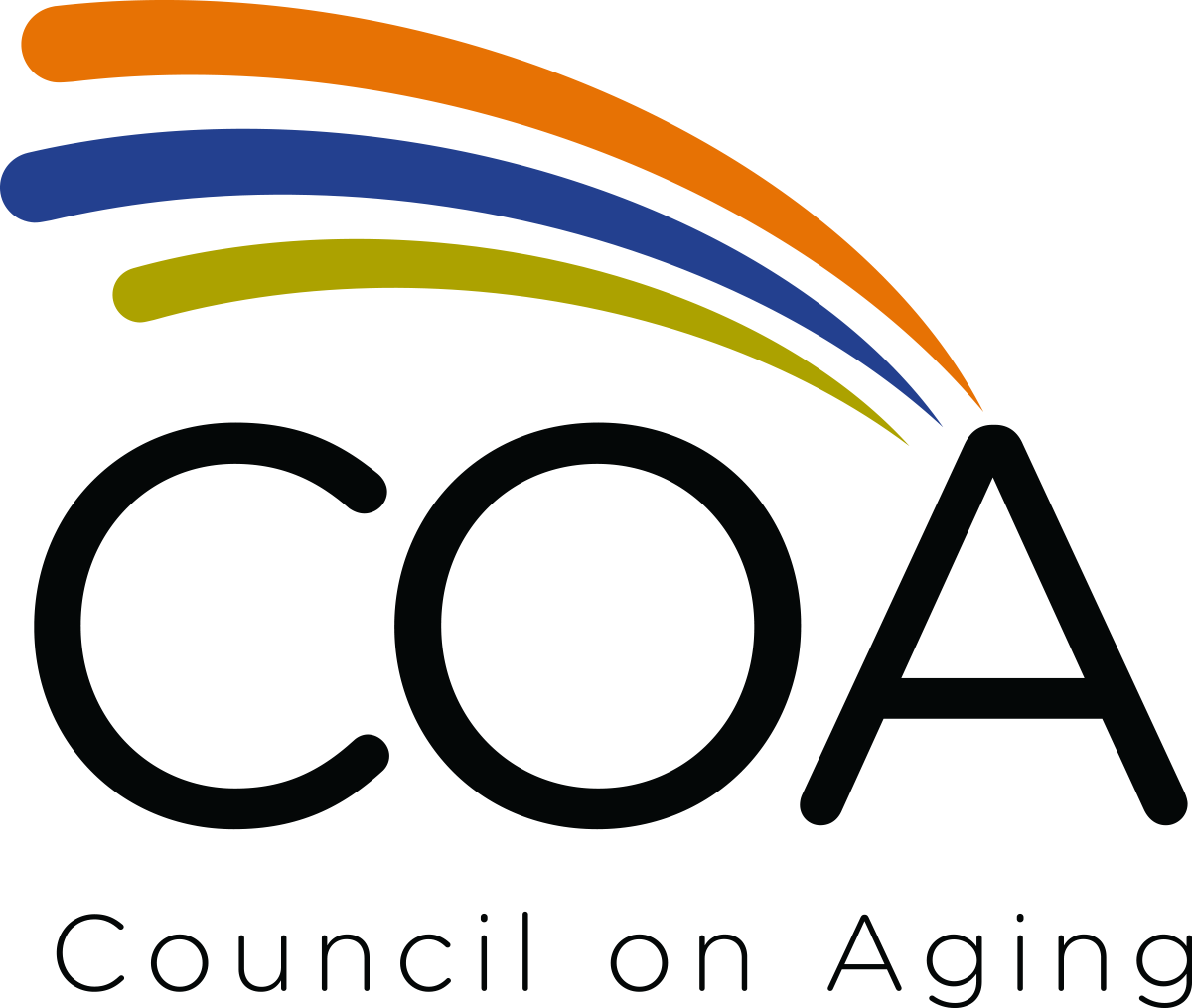.jpg) By Gayle Mattson, RN, BSN, President & CEO of Hospice of Cincinnati
By Gayle Mattson, RN, BSN, President & CEO of Hospice of Cincinnati
November is National Hospice & Palliative Care Month, making this a great time to raise awareness about how these  important services can make a significant difference.
important services can make a significant difference.
People and their families facing serious illness or nearing end-of-life often find themselves feeling overwhelmed and unaware of what support is available or where to turn for help.
Additionally, the round-the-clock demands on family caregivers and the difficulty that people may have getting out of their homes or doing the things that they usually do can create intense feelings of loneliness and social isolation.
Palliative Care and Hospice programs can help provide tremendous support to people and their families.
According to the Center to Advance Palliative Care, “Palliative Care is specialized health care for people living with a serious illness. This type of care is focused on providing relief from the symptoms and stress of the illness. The goals is to improve quality of life for both the patient and the family. It is appropriate at any point in a serious illness.”
Hospice Care is supportive care focused on quality of life for any person who has a life-threatening or terminal illness with a life expectancy of six months or less and their family. In most cases, hospice is provided in someone’s home, and can also be provided in hospice care centers, nursing homes, assisted living and hospitals.
Those who are living with serious or terminal illness and their caregivers don’t have to feel alone. Learn more about how Palliative Care and Hospice can help by asking your health care provider or by contacting a Hospice or Palliative Care program directly.
Additional information about hospice and palliative care:
Eight Little-Known Facts About Hospice Care that Might Surprise You
National Hospice and Palliative Care Organization
Hospice Compare Tool from Medicare.gov
Conversations of a Lifetime
AARP: How to Find a Quality Hospice
